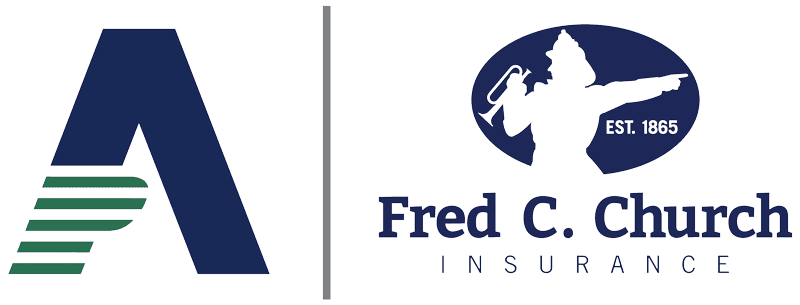Have you been exploring an Alternative Funding Arrangement for Employee Benefits? Here is what your insurance broker should be telling you.
Across the U.S., CFOs, HR Directors, and CEOs at companies of all sizes are grappling with what to do in the face of unsustainable health insurance program cost increases. After all, how do you budget for seemingly endless annual premium rate hikes that typically range from a “low” of 7% to upwards of 12%, and beyond? We are not talking small dollars here – a 10% renewal increase could represent a six-digit increase in your overall premiums. When does it become unsustainable? Many will say the answer is yesterday!
There are multiple reasons why the annual increases in the cost of medical care persistently outpace general inflation, and why there appears to be no end in sight. The ongoing emergence of groundbreaking gene therapies, specialty drugs, and innovative cancer treatments, together with the increasing power of providers (e.g., via hospital mergers), will continue to put pressure on insurers to pass along the resulting higher health insurance costs to employers.
This recent headline in the Washington Post, “FDA approves a gene therapy that is the most expensive drug in the world,” perfectly underscores the situation. The gene-therapy, called Zolgensma, comes with a 2.1-million-dollar price-tag to treat Spinal Muscular Atrophy.
The undeniable reality is that healthcare costs will continue to rise for employers. You can increase deductibles, copays, coinsurance, etc., but those are all only temporary fixes, and most are no longer viable in a time of full employment.
That said, there are alternative funding solutions that should be explored to help you better manage this expense and, ultimately, provide you the transparency and tools required to help stabilize these costs.
The rising popularity of alternative funding solutions
The cost of a traditional employee health insurance program is truly ominous for most organizations; it typically ranks in the top three expenditures of an organization’s overall budget. In fact, Starbucks spends more on healthcare than they do on coffee beans.
Thus, it comes as no surprise that alternative funding solutions, which enable employers to have more control over the cost of their health care program, have increasingly gained in popularity over the past decade, initially with larger organizations.
According to the Kaiser 2018 Employer Health Benefits Survey, “Eighty-seven percent of covered workers in firms with 1,000 to 4,999 workers and 91% of covered workers in firms with 5,000 or more workers are in self-funded plans in 2018.”
Somewhat surprisingly, mid-sized companies (those with 100 to 499 employees) haven’t taken to self-insurance so readily. Still, the percentage of smaller organizations that are moving towards self-funding is on the rise, from 25.3% in 2011 to 30.1% in 2015 according to the most recent data available from the Washington, D.C.-based Employee Benefit Research Institute.
An employee benefits captive is often the most attractive alternative funding option for these mid-sized and smaller organizations because this self-funding approach places multiple employers together in a collective risk-sharing arrangement. If administrated effectively, a captive should reduce risk and volatility for the participating employers, help reduce the financial impact of any unexpectedly large medical claims, and provide employers with useful information to manage their program. In the words of management guru Peter Drucker, “You can’t manage what you can’t measure.”
Whether an employer chooses a captive or to wholly self-fund their benefits, stop loss insurance will play a crucial role in protecting their company against high-cost claims. This product provides essential protection against catastrophic or unpredictable losses, and so it is critical for employers to understand how this component works and the potential long-term impact on their self-funded plan.
Most companies who decide to self-insure do so not only to escape the rising cost of healthcare premiums but also to gain program transparency. For example, advantages to self-funding include:
- Access to detailed data on employees’ healthcare claims. This type of information is typically not available to employers in a fully-insured model. However, with a self-funded model, this data is at the employers’ fingertips, which enables them to pinpoint patterns of claims among workers and build custom-tailored wellness and cost containment programs to address these issues.
- More flexibility and control. For example, a self-funding model provides an employer with much more freedom to decide what their company’s plan will encompass, including covered benefits and exclusions, employee cost-sharing, direct contracting with healthcare providers or hospitals, and pharmacy benefit managers they want to partner with.
Despite these opportunities, and more, to self-funding, there is still a substantial majority of mid-sized companies that have not made the switch to a self-funded or captive model.
So, why haven’t more mid-sized employers explored alternative funding arrangements?
There are several key factors that hold many smaller organizations back from making the self-funding decision, including an increased level of financial risk, known ongoing large claims in their fully-insured program, and the requirement for the leadership to be actively involved in the health of their workforce.
Here are some real-life scenarios that could occur with a self-insurance program that is not properly designed, executed, or managed:
- You’re coming to the close of a particularly “bad” year in healthcare claims in which multiple members went over the ‘Specific Deductible’. Now, at renewal time, your stop loss premium skyrockets by 50%, which makes you wonder if self-insurance was the right choice.
- It is renewal time for your stop loss policy and you have an employee with cancer. There are known and expected ongoing healthcare costs. The stop loss carrier increases that particular employees ‘specific deductible’ to $100,000 whereas the rest of the members have a $30,000 specific deductible – a practice which is called “lasering” in the insurance industry. Now, can you imagine the cost implications if the stop loss carrier issued not one, but three lasers?
- You hired a Third-Party Administrator (TPA) because you thought it would put your employees at ease and help with the transition over to self-funding, but this TPA is not as experienced as you had thought. As a result, they are not flagging claims, not sending claims for reimbursement as quickly as they should to the stop loss carrier, and not supporting you in implementing effective cost-containment strategies. This person should have been your program’s quarterback; instead, they are fumbling the ball constantly.
Larger companies typically have the financial wherewithal to sustain events like these – a brutal claims year, a substantial stop-loss insurance rate increase, medical lasering of one or more employees. Whereas mid-size and smaller organizations generally do not have the cash-flow to absorb even one of these unforeseen hits to their budget.
Inevitably, more risk shifts to you, the employer, with an alternative funding model. And so, it may be that staying with a traditional health insurance provider plan is the right option for your company today. However, if you think that long-term a self-funded or captive model might make more sense, then the key is to start planning now.
As you explore and implement alternative funding options for your organization, it is critical that you work with an employee benefits resource with a track record of offering broad experience to address this strategic shift from every angle. This firm must have the knowledge to assist you in taking advantage of the cost-containment rewards and other benefits that a self-insured strategy offers, while also being able to support you in putting a long-term strategy in place that minimizes your financial and liability risks. In addition, even before you move to a self-funded or captive model, this firm should be providing guidance and rolling out a game plan on how to advance a culture of health and wellness in your organization.
What you should expect from your broker if you decide to go with an Alternative Funding Arrangement
Moving towards an alternative funding model is an excellent way for mid-sized companies to better manage their health insurance costs. However, hiring the wrong broker to assist you on this journey can quickly derail you and your budget. Instead, you’ll want to collaborate with a benefits resource who can help you develop a long-term benefit strategy (3-5 years) for your organization that should include these elements:
- Ongoing evaluation of where your organization is headed strategically and operationally.
- Continuous assessment of employee population dynamics associated with multiple generations using your program.
- Development of a data-driven wellness program that focuses on the health-related conditions – e.g., diabetes, high blood pressure, obesity, smoking – that can turn into much larger claims.
- Regular analysis of all viable cost-containment programs in the marketplace to ensure that the alternative funding model is working for you and helping you better manage costs within that model.
- Consistent employee engagement and education activities to ensure that your employees understand all their provider options and program details. Through surveys, lunch & learns, and numerous other communication mediums, you can provide your workforce with information on lower-cost/higher-quality providers, cheaper alternative prescription drugs (generics when available), and the importance of regular primary care physician visits to keep large claims and chronic conditions at bay.
Selecting a brokerage that will play a key part in your strategic business planning is critical to successfully controlling this critical spend. You should also look for this benefits resource to be an expert in self-funded benefits plans, stop loss contracts, and cost-containment programs; and to be knowledgeable about many other alternative risk vehicles.
Most importantly, though, it’s essential to seek out a broker that you are confident will commit substantial time and resources to helping you evaluate, transition to, and manage the costs and risks of an alternative funding approach.



